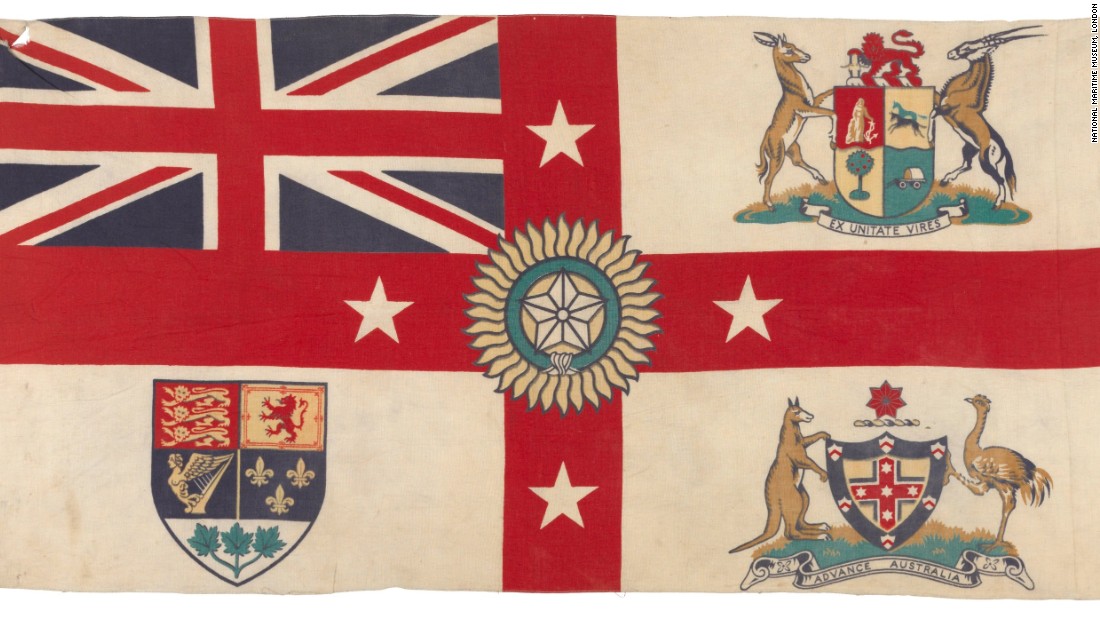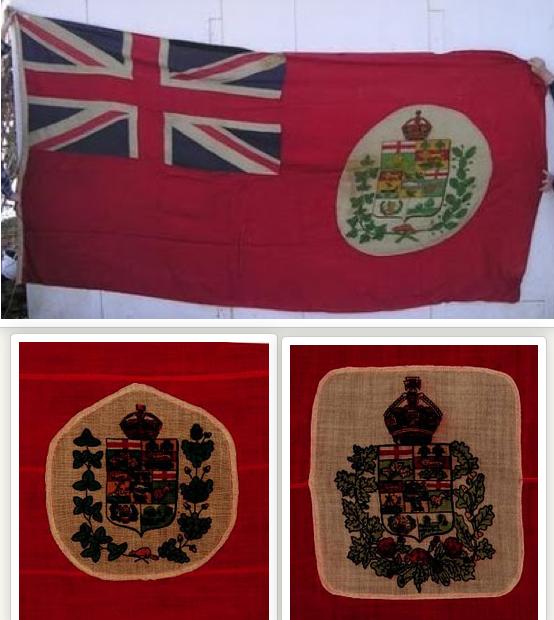

Baastrup Reference Baastrup2014 Eriksen et al. This is despite a growing awareness through current research and debate (e.g.

The search for expatriate Scandinavians and their indigenous cultural traits remains an undimmed obsession for archaeologists, biologists and historians. This legacy has proved difficult to overcome.įrom 800 to around 1050 Norwegians in particular controlled and colonised the whole of the North Atlantic Especially Danes but also Norwegians and Swedes ravaged and had an impact on the political and social development of England and parts of France. The Western Viking Age is not a fiction, but, in its currently understood form, is a distorted concept, given a spurious and artificial coherence by later accounts. This stance was then continued into modern scholarship during the Scandinavian nationalist revivals of the nineteenth century. The limited contemporaneous evidence, it is argued below, has been embellished and reworked retrospectively into a ‘national conquest’ narrative by later historical and literary sources seeking to emphasise the power and lineage of medieval dynastic states.
#North sea empire flag series#
There are, however, grounds for challenging this sequence of assumptions, and for redefining the Viking Age as a sporadic, opportunistic and chaotic series of events and unforeseen cumulative impacts. Areas of Britain that have upheld the strongest Scandinavian cultural connections into modern times-notably Orkney and Shetland-are often viewed unquestioningly as the locations of the earliest and most vigorous Viking settlement. Territorial expansion is assumed to have succeeded the pattern of raiding in both time and location, and to have occurred first on the nearest and most convenient landfalls. Conventionally taken to begin with raids in the AD 790s, its causes have been sought primarily within Scandinavia, in relation to endogenous economic, political, environmental and social stresses. The North Pole is not currently regarded as part of any single country's territory and is therefore administered by the International Seabed Authority.The Viking Age in the West is viewed in national and ethnic terms by academic and popular audiences as a ‘colonising’ migration of Scandinavians, who went on to form conquering elites or whole societies across the North Atlantic and Europe. This zone can be extended where a country can prove that the structure of the continental shelf is similar to the geological structure within its territory.

The competition has intensified as melting polar ice caps have opened up the possibility of new shipping routes in the region.Ĭurrent laws grant countries an economic zone of 200 nautical miles beyond their land borders. Several countries with territories bordering the Arctic - including Russia, the US, Canada and Denmark - have launched competing claims to the region. The claim was based on the argument that an underwater feature, known as the Lomonosov Ridge, was an extension of its continental territory, but it was rejected and Russia told to resubmit with more evidence. Moscow argued before a UN commission in 2001 that waters off its northern coast were in fact an extension of its maritime territory. President Vladimir Putin has already described the urgent need for Russia to secure its "strategic, economic, scientific and defence interests" in the Arctic. "This may sound grandiloquent but for me this is like placing a flag on the moon, this is really a massive scientific achievement," Sergei Balyasnikov, a spokesman for Russia's Arctic and Antarctic Institute, told Reuters news agency. The vessels risked being trapped beneath the Arctic ice sheet unless they could navigate back to the exact gap in the ice where they set off from. The submarines' return from the seabed to the surface was regarded as the most dangerous part of the journey. Russian media reported last week that the ships were briefly tailed by foreign aircraft, but this claim was played down by the expedition leader. Scientists aboard the submarines had also planned to collect samples of Arctic flora and fauna. The expedition set off last week from the port of Murmansk in search of geological evidence to back up Moscow's claims to the resource-rich Arctic seabed. The mini-submarines, Mir-I and Mir-II, were brought to the North Pole by the two ships in the Russian expedition - a nuclear-powered ice-breaker and a research vessel. "The yellowish ground is around us, no sea dwellers are seen," he said. He earlier told Itar-Tass that his mini-submarine had a "smooth" landing on the seabed.


 0 kommentar(er)
0 kommentar(er)
